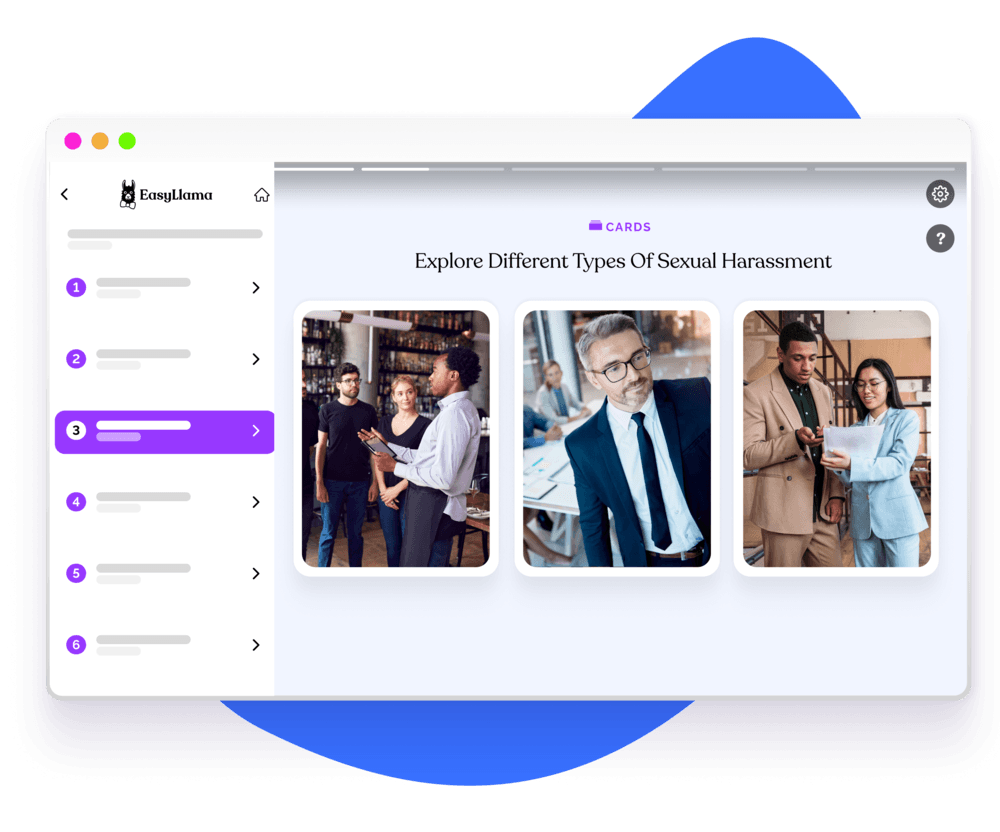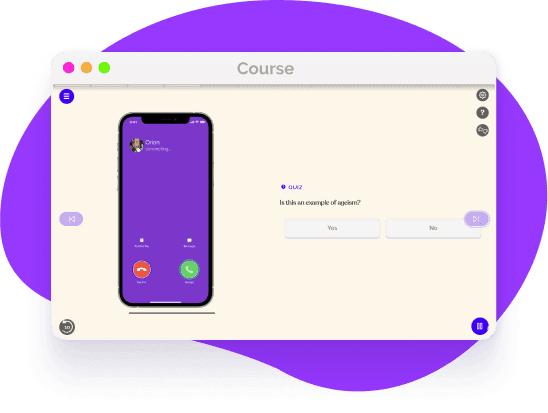Engaging Other Bystanders
If you're worried about acting alone as a bystander, you can often engage other bystanders to help you intervene. Sometimes all it takes is one person to make the first move for others to follow.

Making Use of your Resources to Document Harassment
If you witness a situation that you’d like to intervene in but don’t feel confident stepping in by yourself, you can engage other bystanders to help you in your intervention. Together, you can engage your resources, engage the target, engage the perpetrator, or use a combination of strategies. You don’t always have to be direct in your intervention, either. Remember, sometimes all it takes is one person to take action for others to follow suit.

When to contact authorities regarding harassment
In some cases, it may be appropriate as a bystander to engage someone official to aid you in intervention. For example, if you are at a trade show, and you notice a conference attendee harassing someone, it may be appropriate to involve hotel staff or security. However, there are also times when involving authorities may escalate the situation and intervening yourself may be a safer option.

You can enlist the assistance of other onlookers if you see a situation in which you'd like to step in and feel uncomfortable doing so alone.
Asking for help can be as simple as, "Hey, I want to go help this person. Can you help me?" The more you practice bystander intervention in a particular setting, like the workplace, the more you can influence the people around you to step up as bystanders as well. When bystander intervention becomes the norm in the workplace, things like microaggressions, discrimination, and harassment often cease being the norm.
Engaging other bystanders can help you confidently intervene in incidents of microaggressions, discrimination, harassment, and even violence. Depending on where you are, you might engage friends, family, or coworkers to intervene with you. If you're in a public place and don't know anyone around you, you can ask a stranger to help you intervene.
Engaging other bystanders may carry social risk, but don't forget what we learned about the bystander effect. The more people that witness a situation that calls for intervention, the less likely it is that any one individual will step up to intervene, because of diffusion of responsibility and social influence. But if even one person decides to act, they can become a social influence on other bystanders, and can influence others to act as well.

Involving authorities in a mental health crisis may escalate the situation
If you encounter someone who is experiencing or might be experiencing a mental health crisis, calling law enforcement may be traumatic for the person experiencing the crisis, either due to past experience with law enforcement or because of symptoms of psychosis. Involving law enforcement in these cases might lead to escalation, rather than de-escalation. It can also create a sense of distrust in institutions for the person experiencing the crisis, which can in turn make them less likely to seek out services in the future.
Benefits of Engaging Other Bystanders
Engaging other bystanders in the workplace can be a great way to create a positive work environment and improve overall efficiency. By engaging other bystanders, each person can be more aware of their surroundings and watch out for any potential safety and security risks. Here are some benefits:
Here are some myths to look out for:
- -
Increased awareness of safety and security
- -
Reduced conflicts and disagreements
- -
Improved communication
- -
Greater sense of accountability

Empowering employees to work with fellow bystanders
This chapter outlines the ways that employees can engage their resources, and why it can be useful to record microaggressions, bias, harassment, or violence. It also covers topics such as contacting authorities and why that may not help in a mental health crisis. By providing employees with options for engaging their resources as a bystander in the workplace, employers can help make their company culture safer.

Helping over 8,000 organizations create a safer, more productive workplace
EasyLlama’s online training course helps prepare employees to navigate bystander intervention. The course guide learners how to appropriately confront harassment, discrimination, and microaggressions in the workplace. The course covers:





















